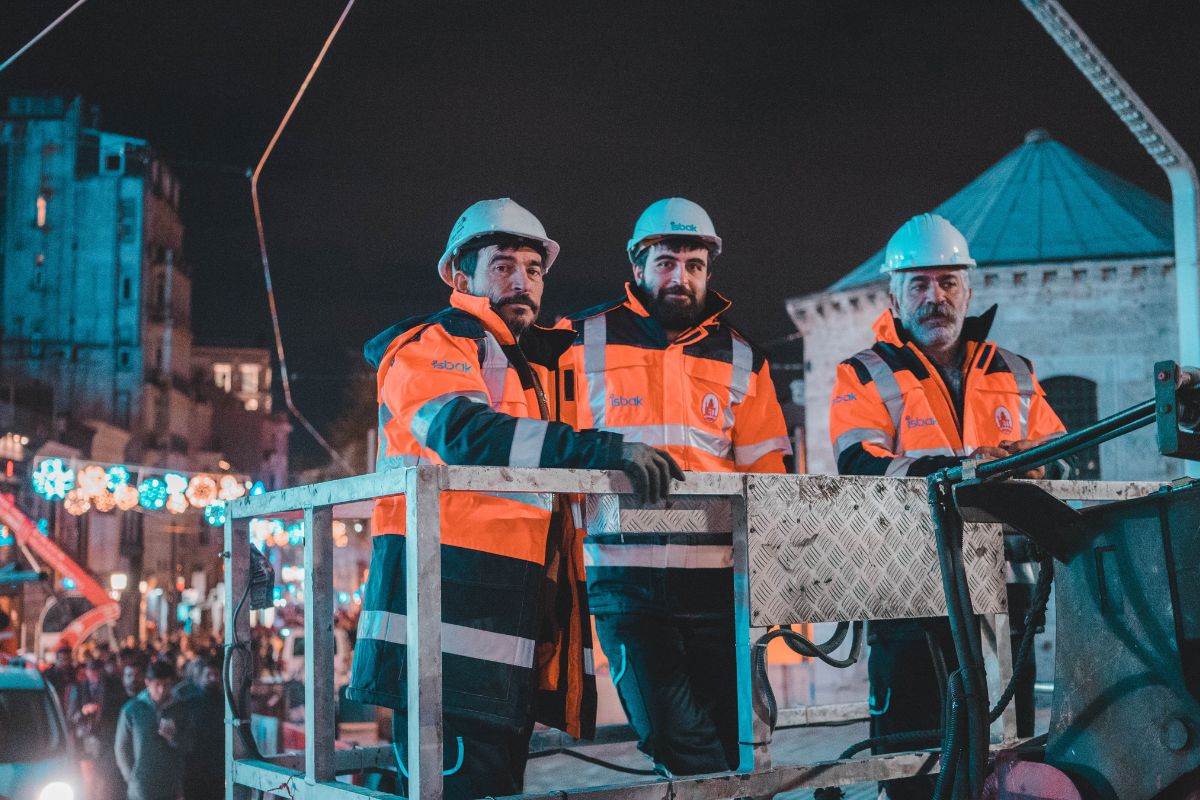Fall protection is a critical aspect of workplace safety, especially in industrial settings where workers are exposed to heights and other potential fall hazards. According to OSHA, falls are one of the leading causes of workplace injuries and fatalities, accounting for more than 30% of all workplace fatalities. Therefore, it is essential to have a comprehensive guide to fall protection for your industrial needs.
Here is a step-by-step guide to fall protection that will help keep your workers safe.
- Conduct a Hazard Assessment
Before implementing fall protection measures, you need to assess the potential hazards in your workplace. Conducting a hazard assessment will help you identify areas where workers are at risk of falls and determine the appropriate fall protection systems to implement.
- Choose the Right Fall Protection System
Once you’ve identified the hazards in your workplace, the next step is to select the appropriate fall protection system. There are several options available, including guardrails, safety nets, and personal fall arrest systems. Each system has its own advantages and disadvantages, and the choice will depend on the nature of the work being performed and the potential fall hazards.
- Train Workers on Fall Protection
It’s not enough to have fall protection systems in place; workers must also be trained on their proper use. Workers should be trained on how to identify fall hazards, how to properly use fall protection systems, and how to inspect and maintain fall protection equipment.
- Inspect and Maintain Fall Protection Systems
Regular inspection and maintenance of fall protection systems are essential to ensure their effectiveness. Workers should inspect their fall protection equipment before each use to ensure it is in good working condition. Additionally, a qualified person should inspect fall protection systems on a regular basis to identify any potential issues that may impact their effectiveness.
- Implement a Fall Rescue Plan
In the event of a fall, it’s important to have a rescue plan in place to ensure workers can be quickly and safely rescued. Your fall rescue plan should include procedures for identifying a fallen worker, alerting emergency services, and performing a rescue.
In conclusion, fall protection is critical for the safety of workers in industrial settings. By conducting a hazard assessment, choosing the right fall protection system, training workers on proper use, inspecting and maintaining fall protection systems, and implementing a fall rescue plan, you can ensure your workers are safe from falls while on the job. Don’t wait until an accident happens; take proactive steps to ensure your workers are protected.











